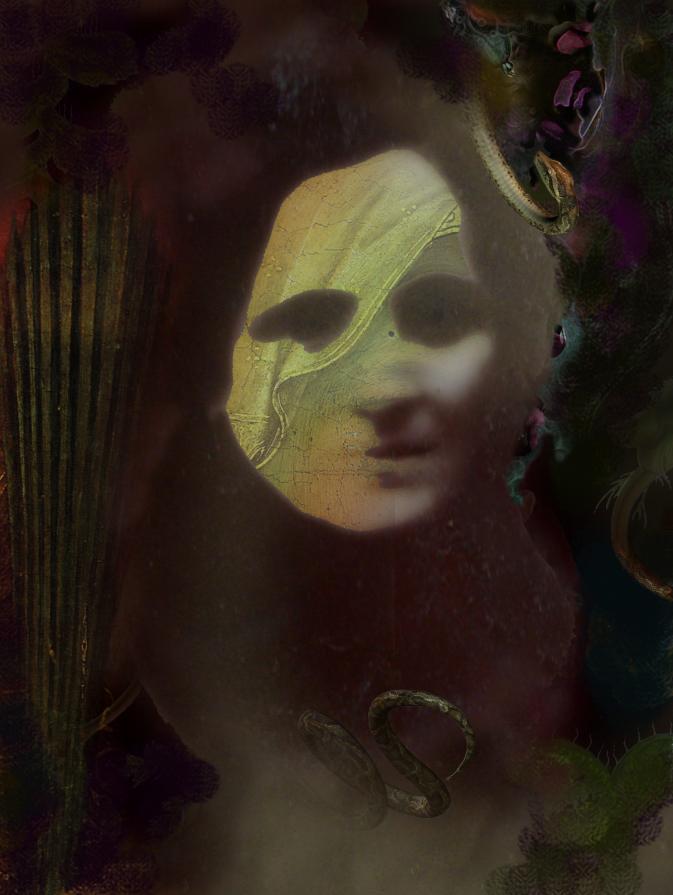
Mortals
Both types of images, the photographs of the dead in the graveyards and glamorous media imagery, share the same fate of fading away. Photographs of the dead in gravestones are poor and worn, sometimes almost vanished. Still the figures seem to bear unbelievable dignity. On the contrary, contemporary media images are technically brilliant and aesthetically capturing, but soon lose their shine in the continual information flow. When immortality is so badly striven for, it is hardly accessed.
In contemporary society, the strive for getting noticed is an everyday obsession, in market, media and advertising, as well as in private life with selfies and poses. Earlier religions promised immortality after death, but contemporary humans believe to attain it already when alive, simply by self-branding and spreading out images.
These dark portraits go to another, wrong, direction: towards existence in incognito. The original identities of persons are metamorphosed to unidentifiable. The portraits could be seen as a contemporary version of memento mori.
Heidegger writes about ”the fourfold”, a unity, where ”earth and sky, divinities and mortals” are in one. This union of mortality and divinity/immortality describes for him the experience of being. Being can reach its completeness only with death, being toward death. – Analogously my portraits do not depict individuals, but being in its ambiguity, when mortality and divinity, at least momentarily, transfix each other.
One thematic starting point in the series is also censorship, or, voluntary blindness: a refusal to look at reality. In an earlier case of a banned installation, it was demanded that the ethics of market can be questionned only if facts and brands are blinded untill they are unidentified - a demand that makes market criticism impossible.
_
The series consists of aluminium-mounted Diasec-prints, covered by thick (2cm) acrylic

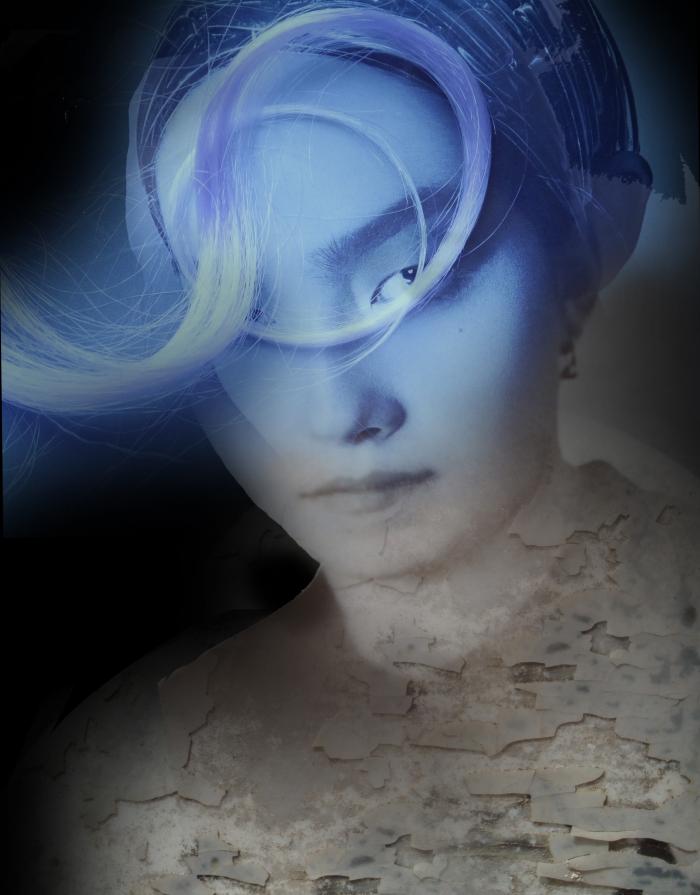

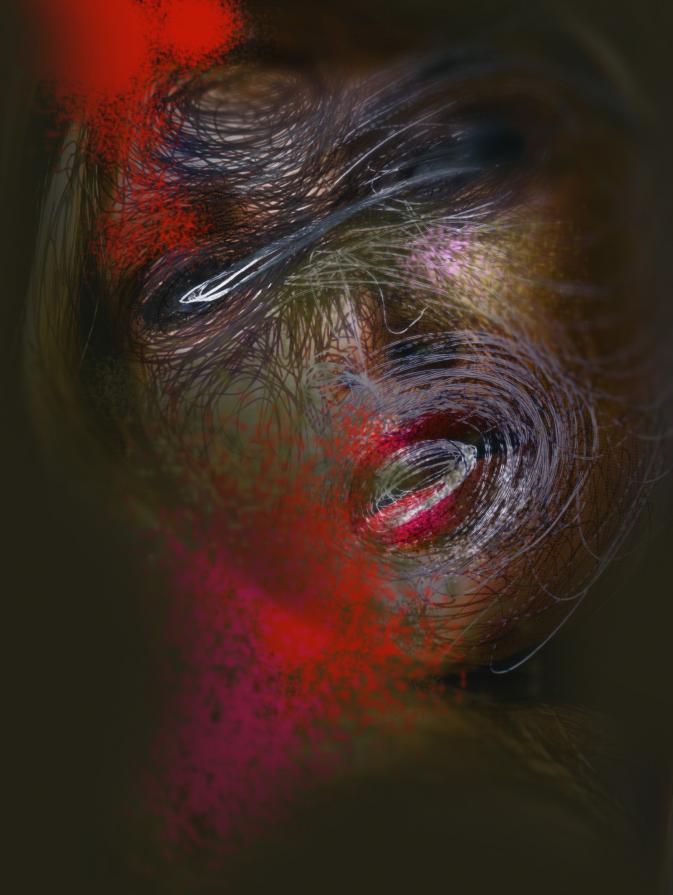

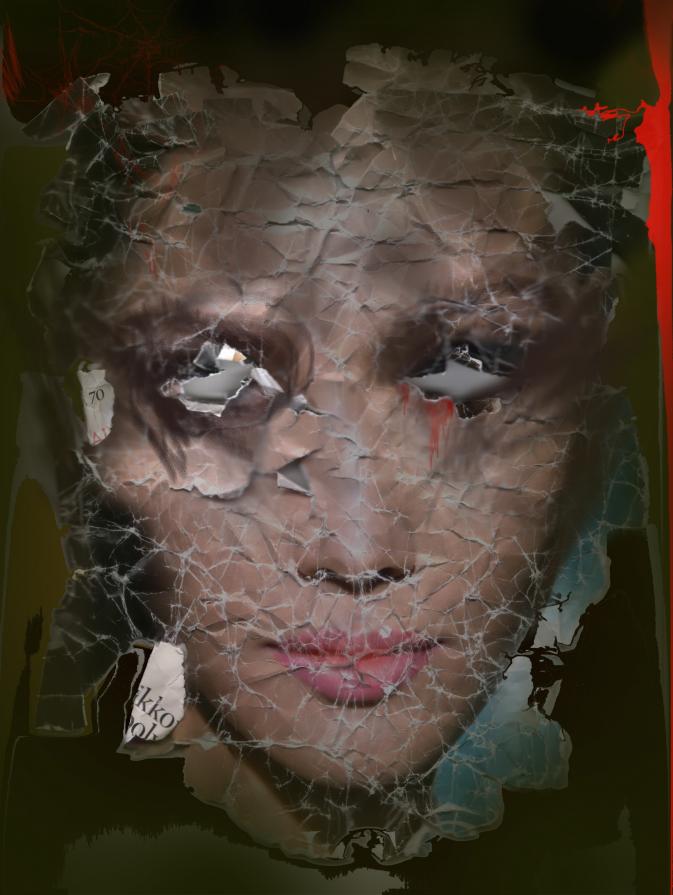



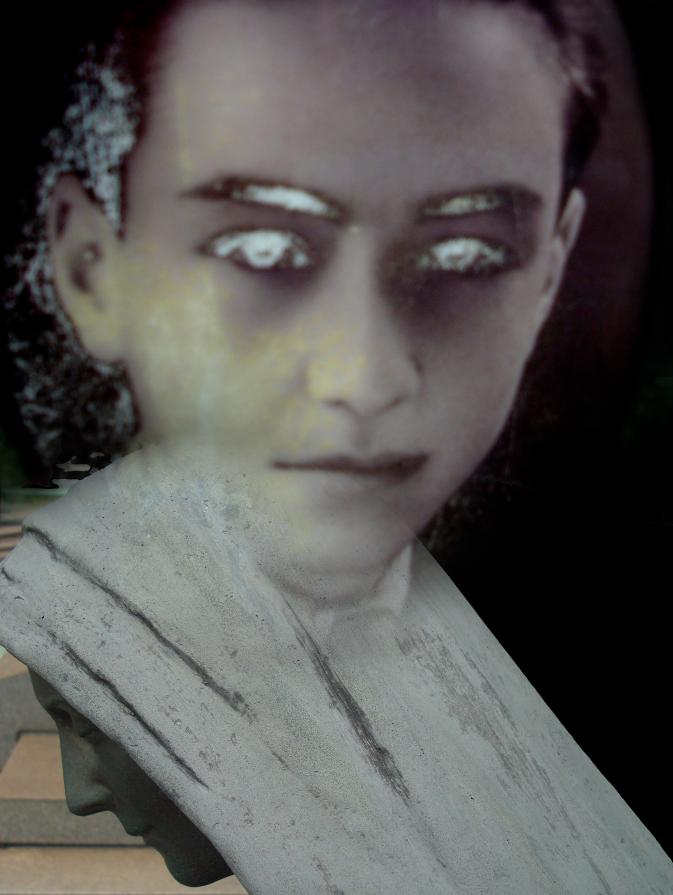

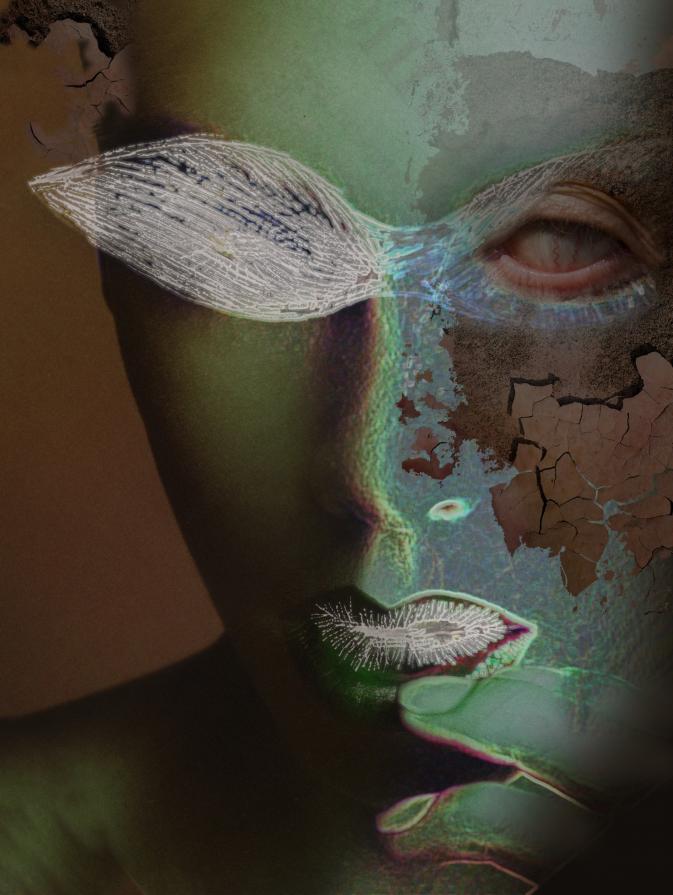

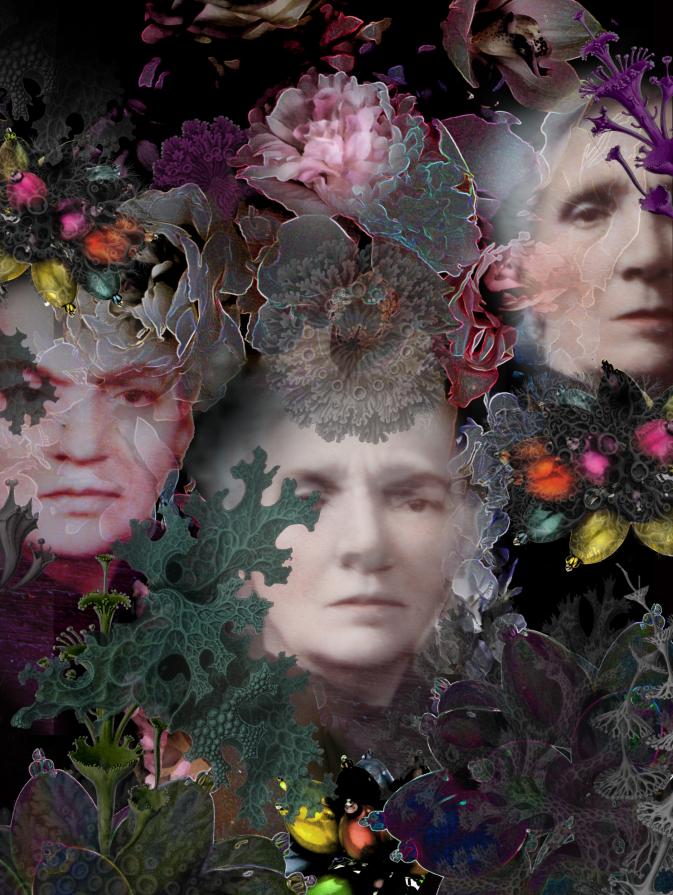

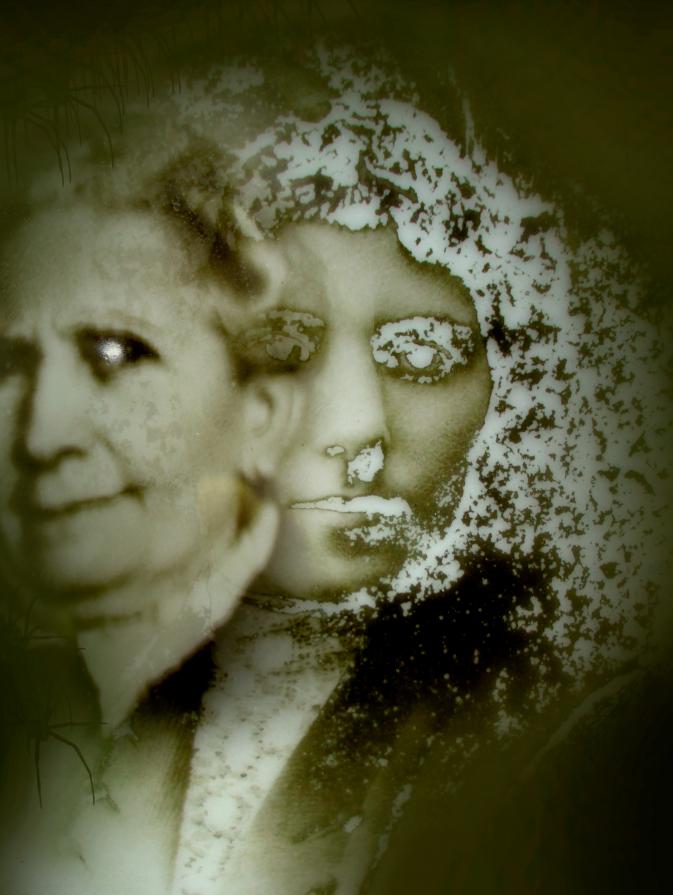
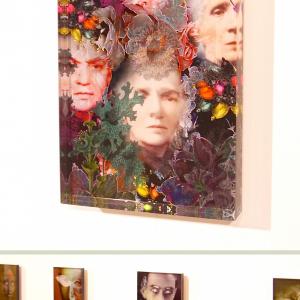











Comments 0
Say something